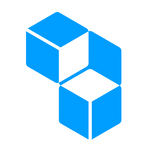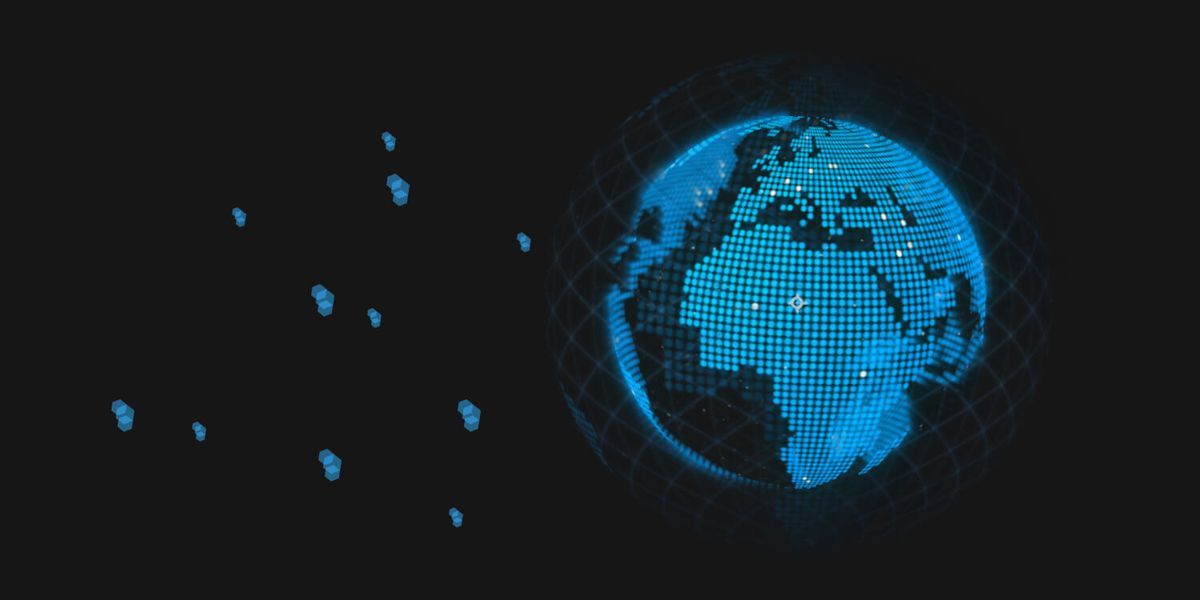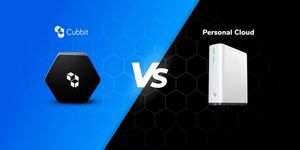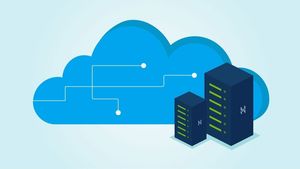So, if you’ve ever asked yourself what the distributed cloud is, the difference between cloud computing and distributed computing or maybe what are the benefits of the distributed cloud — you’ll find the answers in this article. And, if you ever wondered the difference between distributed cloud and the blockchain, we went into detail about the subject in this post.
On this page, you’ll find:
- What a distributed cloud storage is.
- A comparison between traditional and distributed cloud.
- Its benefits.
1. What is distributed cloud storage?
Let’s start from the basics — what exactly is distributed cloud storage? It’s just as it sounds, cloud storage with a geographically dispersed infrastructure. By spreading people’s data across a network, it allows data to be located closer to the end-user and in turn speeds up transfers, reduces network congestion and the risk of data loss. Plus, unlike centralized cloud models, the distributed cloud doesn’t rely on centralized data centers and is, therefore, a much greener storage solution, since it doesn’t require the energy-hungry cooling systems used for server racks. To get the full picture on why distributed cloud storage can make a real difference to the environment, take a look at our Green Paper.
2. Cloud computing VS distributed cloud
So, how are cloud computing and the distributed cloud different? In truth, they are the same concept but they use different systems to achieve it. Cloud computing requires a data center with numerous servers to work across multiple tasks for users, such as storing, processing and managing data, whereas distributed computing distributes tasks across its network to single computers. When comparing the two, there is one main benefit of the distributed cloud: reliability. As the distributed cloud relies on many systems, rather than one, in the case of technical glitches, your data is much more secure. Moreover, it’s even faster as each task is split and carried out by many computers simultaneously.
Related reading: What REALLY is cloud storage and how does it work?
3. Distributed cloud VS edge computing
Edge computing is an example of a distributed cloud. Edge computing literally means computing which is happening at the edge of a network, on or near the source of data. Edge computing offloads data to the cloud during peaks in computing traffic to guarantee speed and reliability. Distributed cloud instead is computation, storage and networking in a micro-cloud located across the network.
4. The Technical Challenges of a distributed cloud
As you might imagine, these numerous advantages do not come for free. To make a distributed cloud storage infrastructure work in the real world, one has to solve several technical issues that have held the industry back for years. The good news is, they can be solved. In a follow-up piece, we will cover this side of the story and how we overcame these issues to offer the first real distributed cloud infrastructure which successfully achieves users’ needs for a private, secure, and green cloud. Keep your eyes peeled.
5. The benefits of a distributed cloud
Now that it’s clear why distributed cloud storage is different, it’s time to lay out why these differences matter. In short, they mean a cloud that is more private (every file is split, encrypted end-to-end (here's e2ee explained!) and then spread across our network), more secure (by relying on multiple systems it’s much less vulnerable) and greener — no centralized data centre means that for each 4TB you save on the network, you’re reducing your carbon footprint by the equivalent of an additional fridge in your home!
Want to join the distributed cloud? You can try Cubbit for free for 30 days — no credit card required!
